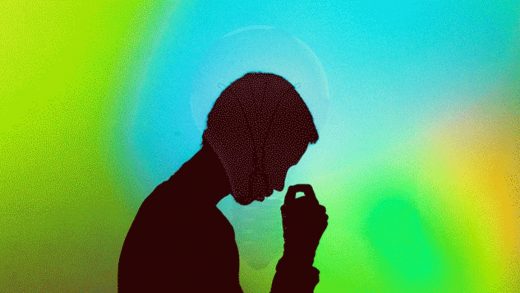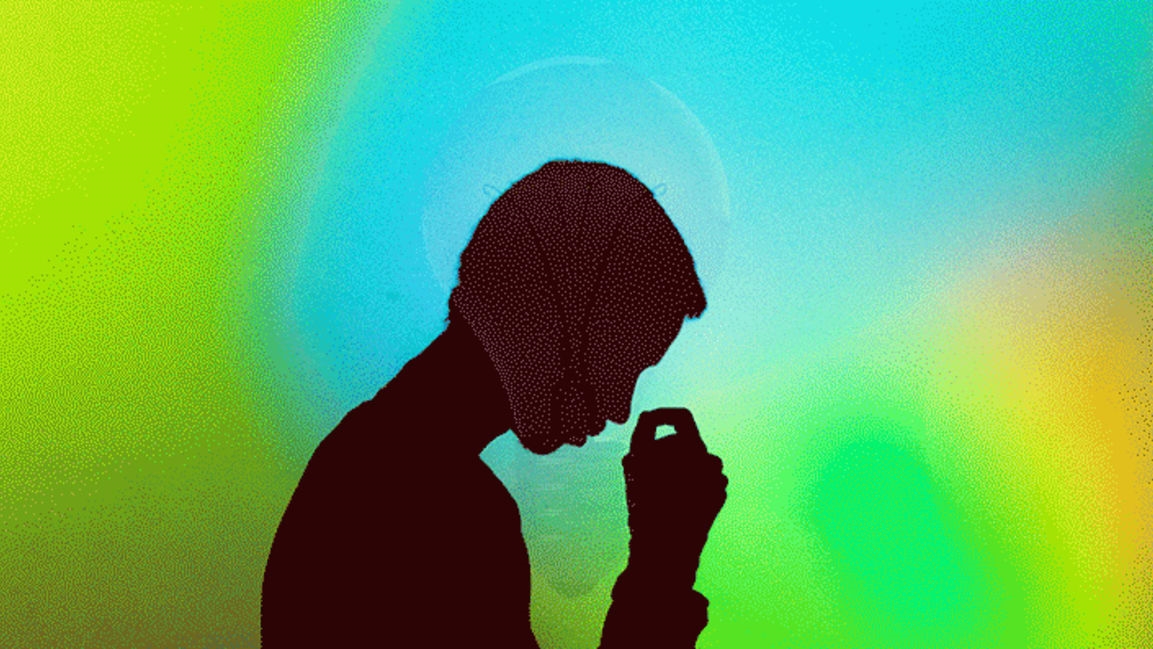This is why you feel so uncertain about your creativity—and how you can fix it
Listen to the latest episode of Fast Company’s podcast Creative Conversation on Apple Podcasts, Spotify, RadioPublic, GooglePlay, or Stitcher.
Some people have a way of making creativity look easy—those “geniuses” who seem to be able to pluck new ideas out of thin air.
But in reality, it’s uncomfortable to dive into uncharted territory to build or think of something new. Words like “innovation” and “disruption” get tossed around all the time, but uncertainty often inhibits people from reaching a true creative breakthrough. However, there’s a way to process those feelings to your advantage.
In this episode of Fast Company‘s podcast Creative Conversation, professor and creativity expert Ron Beghetto explains why the creative genius idea is a myth and how to differentiate between good and bad uncertainty.
Redefining creativity and creative “genius”
In order to navigate self-doubt, Beghetto says it’s important to first remember that creativity is judgment made after that fact.
“We use the criteria of ‘Is this original?’ and ‘Is it meaningful?’ to make judgments about ideas, behaviors, products, and after the fact, because we can’t know that in advance,” Beghetto says.
Knowing that, Beghetto believes we should be able to “break free from the idea that some people possess creativity and some don’t, or creativity can only occur in some domains or activities and not others.”
He also points out that people feel intimidated to the point of freezing when they’re told to ideate, because there’s a conception that creativity means blue-sky concepts.
“When we’re talking about creativity, we’re not talking about unconstrained originality. We’re actually talking about constrained originality, and it’s constrained by the particular situation, the particular problem, the particular context in which we find ourselves,” Beghetto says. “And I think that can provide some reassurance of we’re not just throwing everything out the window and blindly trying new things, because there can be kind of unintended and sometimes even dangerous consequences of doing so.”
Good versus bad uncertainty
But even within the construct of constrained originality, roadblocks are inevitable.
“We all have creative potential. We all have the ability to think and act in new ways. The fact that we make it through each day likely means that we’ve experienced some uncertainties and we’re able to resolve them,” Beghetto says. “When we experience what the great American pragmatist Charles Sanders Peirce described as a state of genuine doubt where you’re really stopped in your tracks, it can be kind of terrifying where you really don’t know what to do.”
The first thing to do, Beghetto suggests, is to figure out if you’re dealing with good or bad uncertainty: good means that you’re operating within clear goals and you have the resources in place you need to work through the problem; bad uncertainty means that the hesitation you feel stems from the fact that you’re working with a moving target.
“Do we have any criteria? What are the constraints that we’re operating in? If you don’t know those things, then it’s just chaotic—you really are kind of immobilized if it feels like the criteria keeps changing,” Beghetto says. The obvious solution would be to ask for help or to admit you’re stuck, but, as Beghetto has found, it’s easier said than done.
“There’s fear in doing that, because we all fear if we ask for help, then people think we’re incompetent,” Beghetto says. “Let’s stop the meeting for a moment instead of going to the next agenda item and explore this. Having the courage to do that can be a sign of competence and actually help other people be willing to engage with uncertainty in more productive ways.”
Listen to this full episode on creative uncertainty where Beghetto also addresses how to cope with (and flip) the inevitable failures you’ll face when you eventually get over your unease and try something new.
(14)



